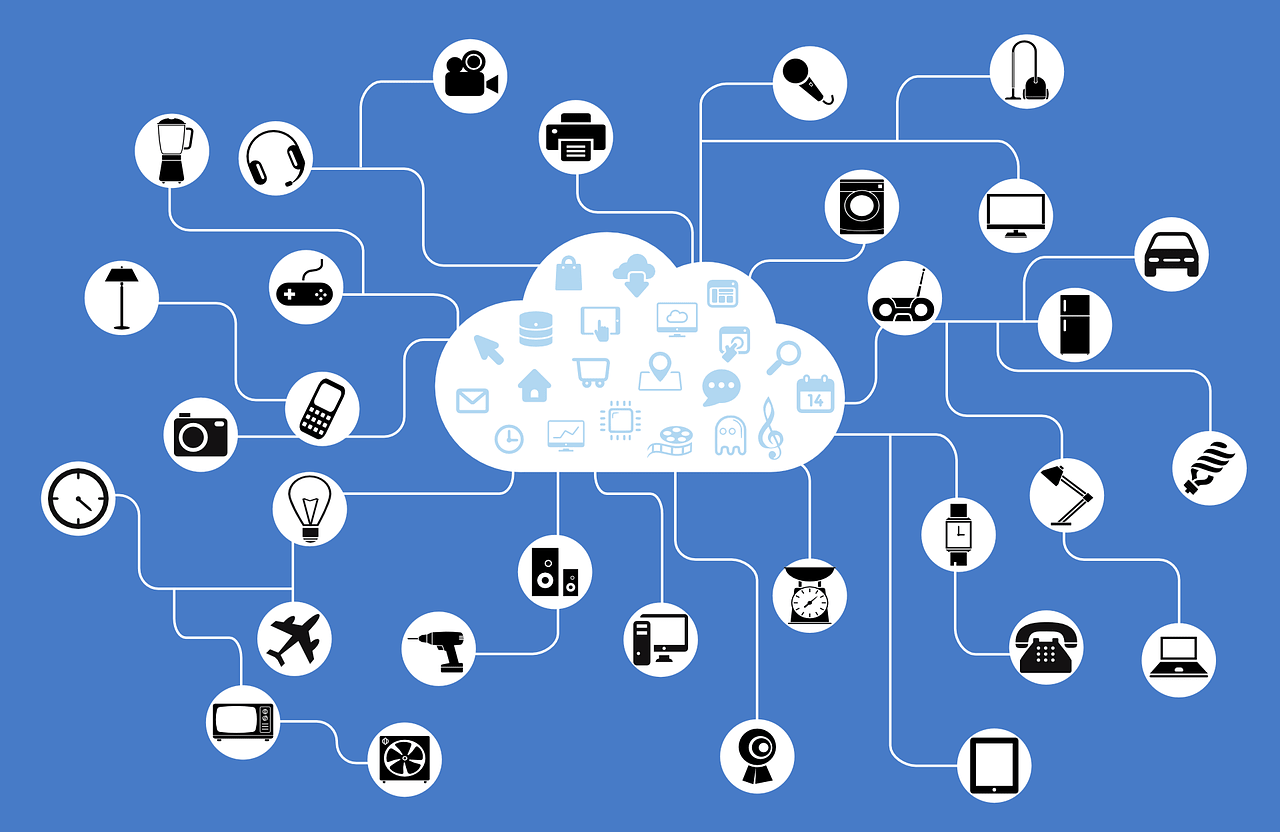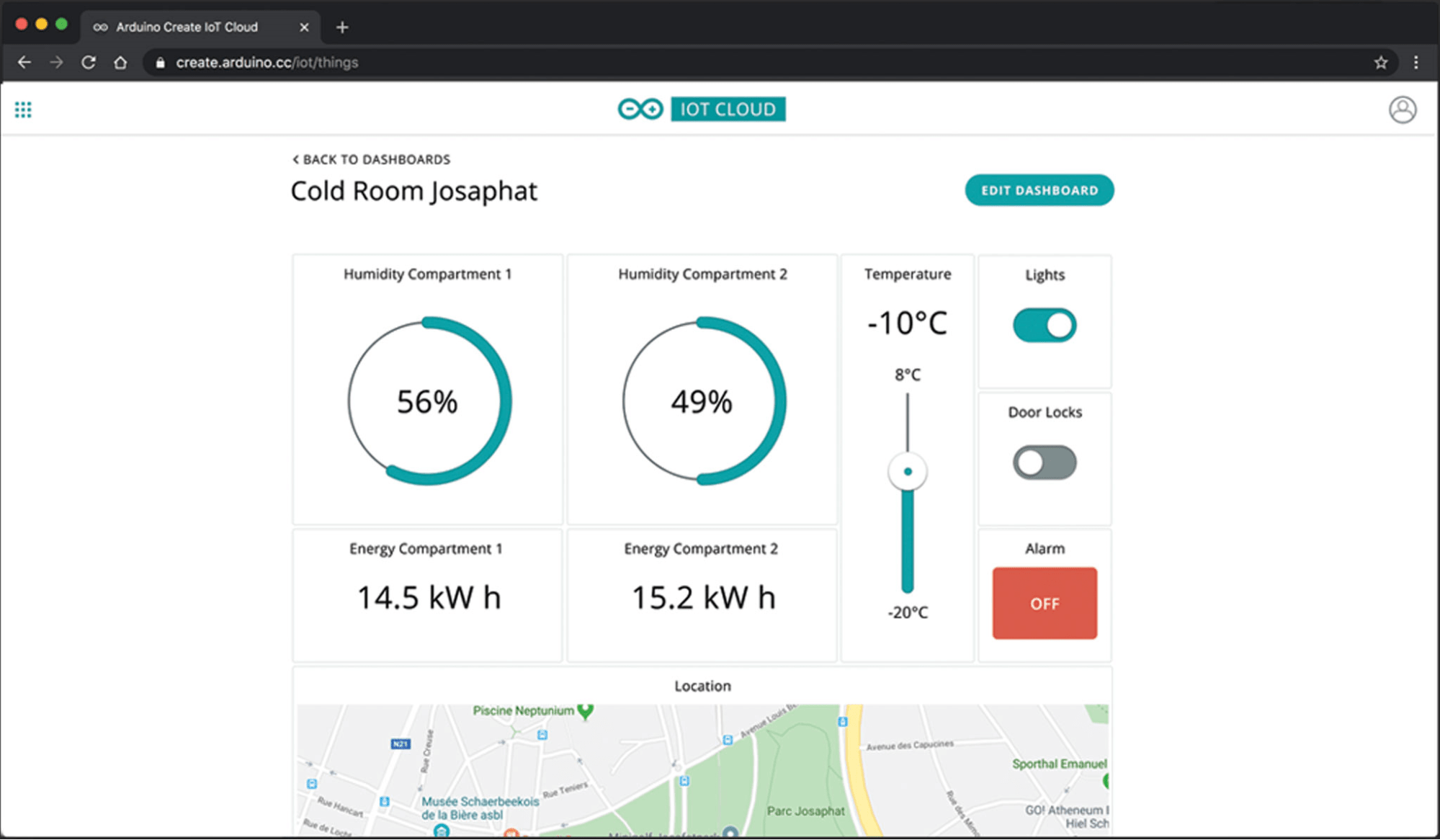Learn all about the different IoT platforms you can use at the enterprise-level to level up your next projects!
Small IoT projects are easy to manage without the need for an external platform. However, if you are planning an enterprise-level device, you might want to look into different solutions that can assist you in managing your devices and their data.
In this article, I want to give you a short overview of IoT platforms in general, and what they are usually used for. Furthermore, I’ll discuss a few popular providers for different services and different project types and sizes.
What is an IoT Platform?
In general, when people talk about an IoT platform, they are referring to a multi-layer technology of some sort that allows you to perform certain tasks — like monitoring, configuration, and management — of many IoT devices.
Usually, the platform consists of an API used in the device’s firmware and a server-side part that receives and processes data. More parts and layers can also be present in between those two, for example, some additional communication nodes.
Basically, an IoT platform connects your hardware, however simple or complex it might be, to the cloud while performing some additional tasks.
Utilizing an existing platform allows you to quickly bring a new IoT-enabled product to the market without having to worry about security mechanisms and processing power. For many smaller to medium-sized companies, like start-ups, this is the preferred way to go, especially because you don’t need to invest in powerful processing hardware and infrastructure.
How to Choose the Right Service
You should at least look at the following key aspects when you compare IoT platform providers.
Scalability
Make sure that the service you choose can handle a quickly growing number of devices without limiting the performance. This is especially important in the planning phase of your project, because switching to another provider in a later phase can cause an immense increase in cost.
Customizability
You want to make sure that the service offers a good API that you can easily customize to work seamlessly with your project. However, you also have to account for future changes and additions.
Communication and Protocols
Understand how the devices can communicate with the service and in what form the data is transmitted. You should look for a service that supports widespread standards.
Security
Make sure to choose a service that supports modern encryption standards and read through their privacy policy, especially when you transmit and store sensitive customer data.
Why Use an IoT Platform Service?
One reason was mentioned earlier, and that is the ability to quickly produce prototypes. This is possible because you won’t need to set up the necessary infrastructure, communication protocols, and software. Instead, you can use a reliable service to connect your devices to the cloud.
Furthermore, it allows you to track and monitor devices that you have sold to your customers. It also helps you to provide assistance and support when something doesn’t work as intended.
You can remotely monitor machines and workers in your company, for example, to increase productivity and to reduce the cost.
A good IoT platform allows you to organize the data that comes from many devices and helps you to visualize it, often in an easy to understand graphical dashboard.
A screenshot from Arduino’s Pro Cloud dashboard. Image courtesy of Arduino.
Popular IoT Platform Providers
Let’s take a look at some popular IoT platform providers. Each one has its own strengths and weaknesses in respect to scalability, cost, and support.
I’ve already discussed the Arduino Pro IoT platform in a previous article. Therefore, I only want to mention it here, without going into any detail.
Thinger.io
Thinger.io is a cloud-based, open-source IoT platform that helps you to manage your devices and collect data. The service is cheap, with prices starting at $29USD per month, and it uses an existing cloud computing infrastructure provided by large companies like Amazon (AWS) and Google. Therefore, scalability and security shouldn’t be a problem. Thinger.io is easily configurable and can be used with popular hardware, like Arduinos and the Raspberry Pi.
AWS IoT
As an alternative, you can directly use the AWS. Besides many other services, Amazon also offers an IoT platform that can be used to collect and visualize data that’s coming from a large number of devices. You can test the service for free for a year. However, there are limits that you can’t exceed without paying. After you exceed those, you pay per processed and stored Gigabyte.
Kaa Enterprise
As the last provider, I also want to mention Kaa Enterprise. They offer services for medium to large businesses with many devices that collect a lot of information. Prices start at $250 for 100 devices, which quickly scales for larger companies.
IoT Platforms Offer a Lot but Aren’t Free
An IoT platform is a multi-layer technology that allows your IoT device to connect to the cloud. For that purpose, it usually offers an API, that can be used in your device’s firmware, and some sort of online-service that receives the data. More layers can sit in between the firmware and the backend.
Some platforms also offer an interactive dashboard that organizes the data and represents the result in an easy to understand way. Most services are not free (especially for companies), and they are mainly intended to be used by businesses and enterprise customers.




